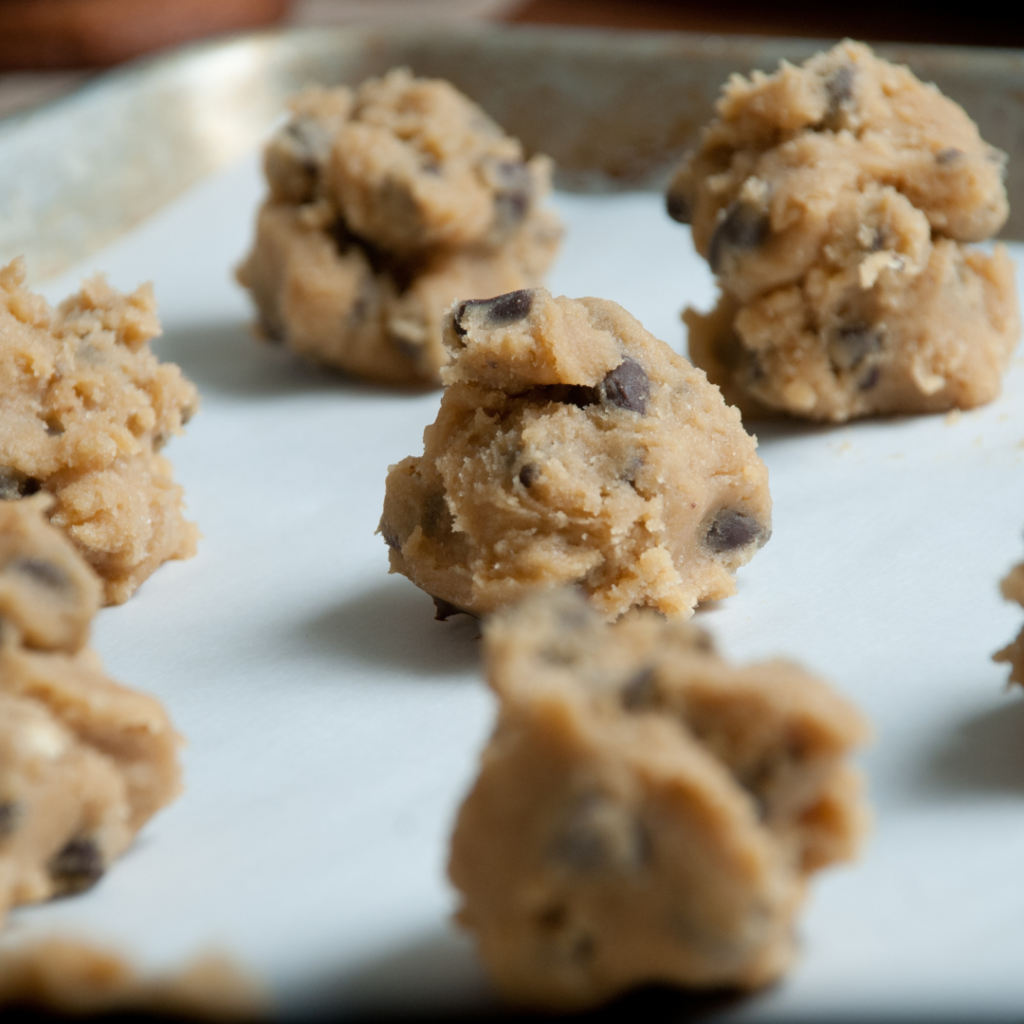Everyone–including the world’s most renowned chefs–has had their own kitchen horror story. For many of us, this story is about a pastry or baked food. Among all baked foods, cookies are the easiest to flop. You followed every step and rule in the book but ended up with half-done cookies. This article might be the help you need. As we explore the common mistakes that lead to unevenly baked cookies, you’ll be well on your way to turning your cookie game around and achieving perfectly baked cookies.
Here are five reasons why your cookies aren’t baking evenly.
Incorrect Oven Temperature
Temperature is key when baking. Getting the temperature right solves at least half of the problems you may encounter during the baking process. To help you attain the right oven temperature, get an oven temperature gauge to ensure the oven temperature is at par with the dial.
Ovens often have cold spots. Rotating your oven temperature gauge through different locations in your oven can help you confirm the uniformity of the temperature. Rotate your sheet pan halfway through the baking time to ensure even heat distribution when the baking starts.

Insufficiently greased baking sheets
If your baking sheet is not greased correctly, it creates hotspots on your pan, making some cookies burn faster. It could also make the cookies stick to the baking sheet, another factor that leads to uneven baking. Cookies can spread unevenly when the baking pan is poorly greased. These irregularly shaped cookies will eventually have irregular cooking time, leading to a batch of unevenly baked cookies.
Nordic Ware Natural Aluminum Commercial Baker’s Half Sheet is one of the best half-sheet pans in the market. It bakes cookies evenly, preventing excessive browning. It is also sturdy and easy to clean.

Inconsistent dough thickness
Thicker dough bakes for longer, making chewy and softer cookies, but it may be more prone to uneven baking. Thinner dough, on the other hand, bakes faster and makes crispier cookies. If you use dough with inconsistent thickness, you end up with a batch containing chewy, half-done cookies and crispy, nearly burnt cookies.
Another problem with inconsistently mixed dough is that the butter and other fatty ingredients do not mix well with the rest of the cookie dough. When the baking begins, these pockets of fat leak out and cause the cookies to bake unevenly.
Also, smaller-sized cookies will definitely bake faster than larger-sized ones. Use a cookie scoop or a measuring spoon to ensure your cookies are consistent in shape and size.

Overcrowding the baking sheet
Apart from the fact that this can create cooler or hotter spots, an overcrowded baking sheet hinders sufficient hot air circulation through the oven. Overcrowding limits airflow, causing a buildup of steam that softens your cookies abnormally. When baking cookies, take into consideration the fact that they spread. If you do not leave space for each cookie to spread, it gives the cookies irregular shapes, eventually affecting the heat distribution. Again, it can also lead to the cookies baking into each other.
Space the cookies in the baking pan to allow heat to evenly reach each cookie’s sides.

Using old or low-quality baking powder
Low-quality ingredients like baking powder can affect the rise-property of your cookie. This can lead to uneven structure and baking. This is because such ingredients release gas irregularly, making the cookies rise and collapse at an inconsistent rate. It can also inhibit the proper browning of the cookies. Since the cookies do not get brown, you may be deceived into thinking it requires longer baking. Eventually, the cookies are baked to the point where they lose their texture.
Choose well-known, high-quality brands and store your baking powder properly to ensure your cookies and other baked goodies are of optimum quality.

For evenly baked cookies
- Use high-quality baking sheets like the Nordic Ware Natural Aluminum Commercial Baker’s Half Sheet.
- Space out your cookies on the baking sheet and do not overcrowd it. For example, place 12 to 16 cookies on a 18 by 26-inch baking tray.
- Use good quality ingredients when baking.
- Mix your dough evenly and avoid using very thick or very thin dough. Make your dough slightly thick and regulate the oven heat to get chewy, evenly, cooked cookies.
- Use an oven thermometer to monitor your oven’s temperature throughout the baking process.
- Ensure your baking sheet is sufficiently greased before using it to bake.
Conclusion
Now that you are armed with this knowledge, baking cookies should be a walk in the park, as opposed to the war front it was. Remember, it’s all about temperature, texture, and arrangement technique. Baking soft and tasty cookies has never been easier!











